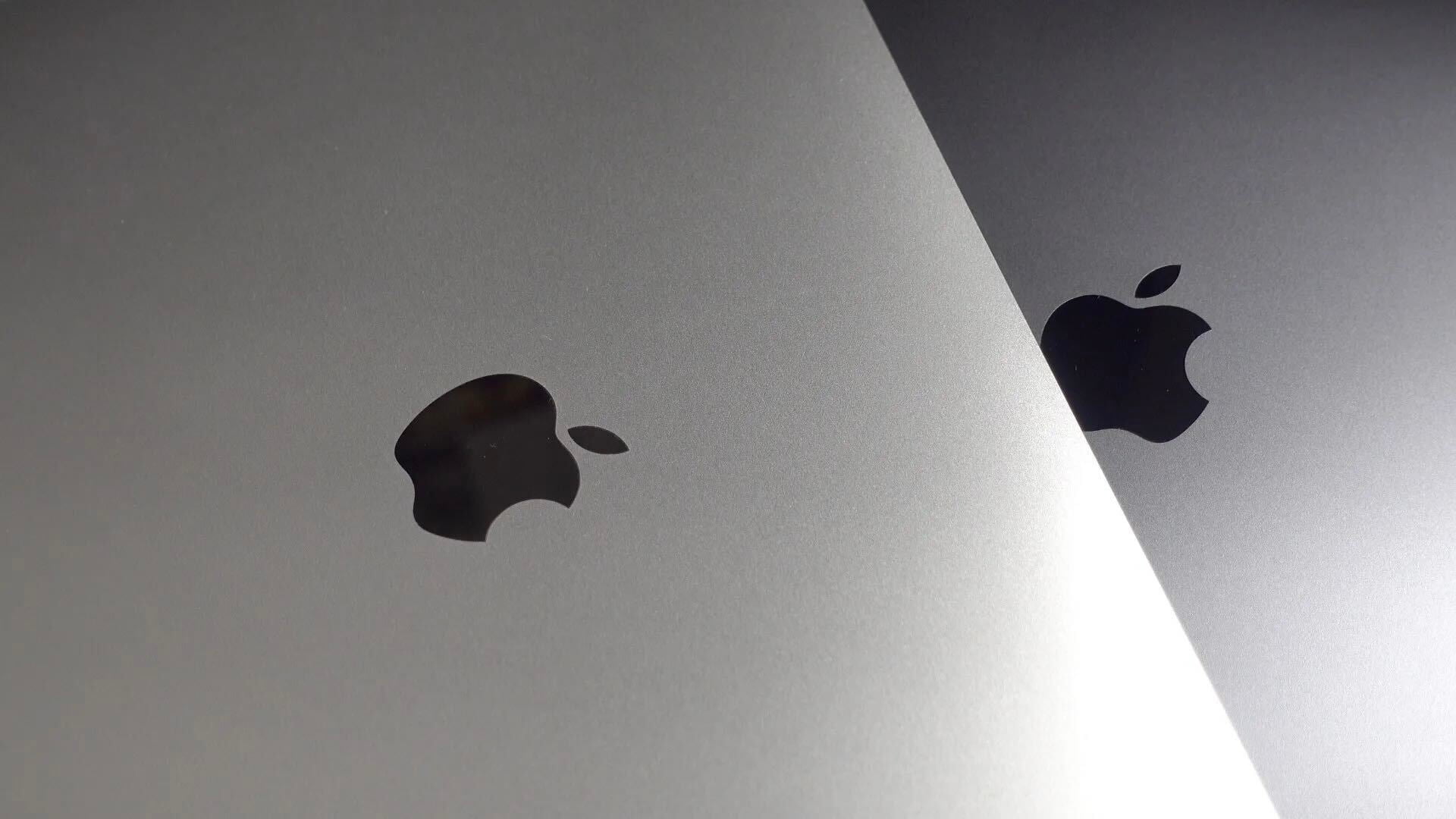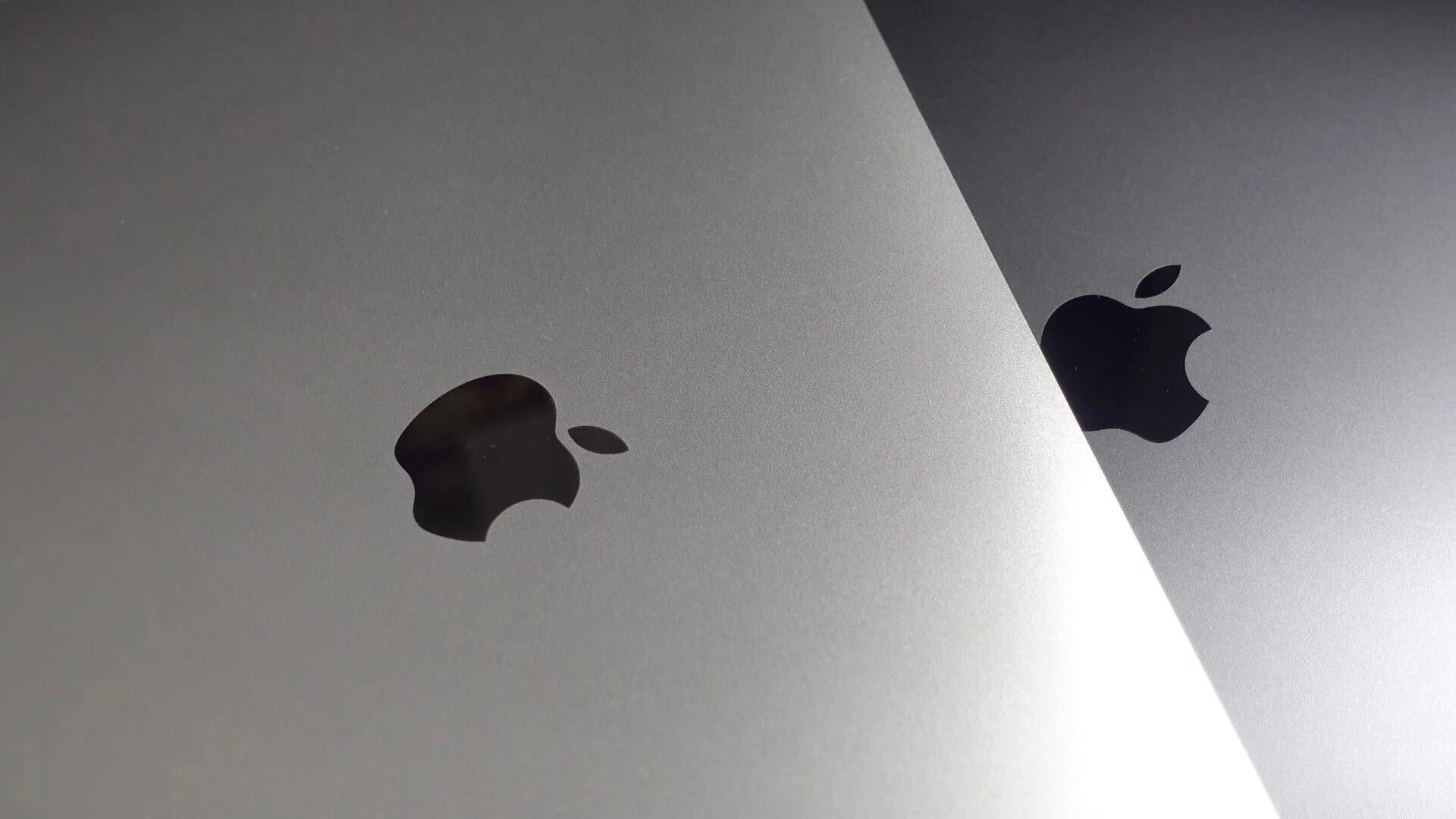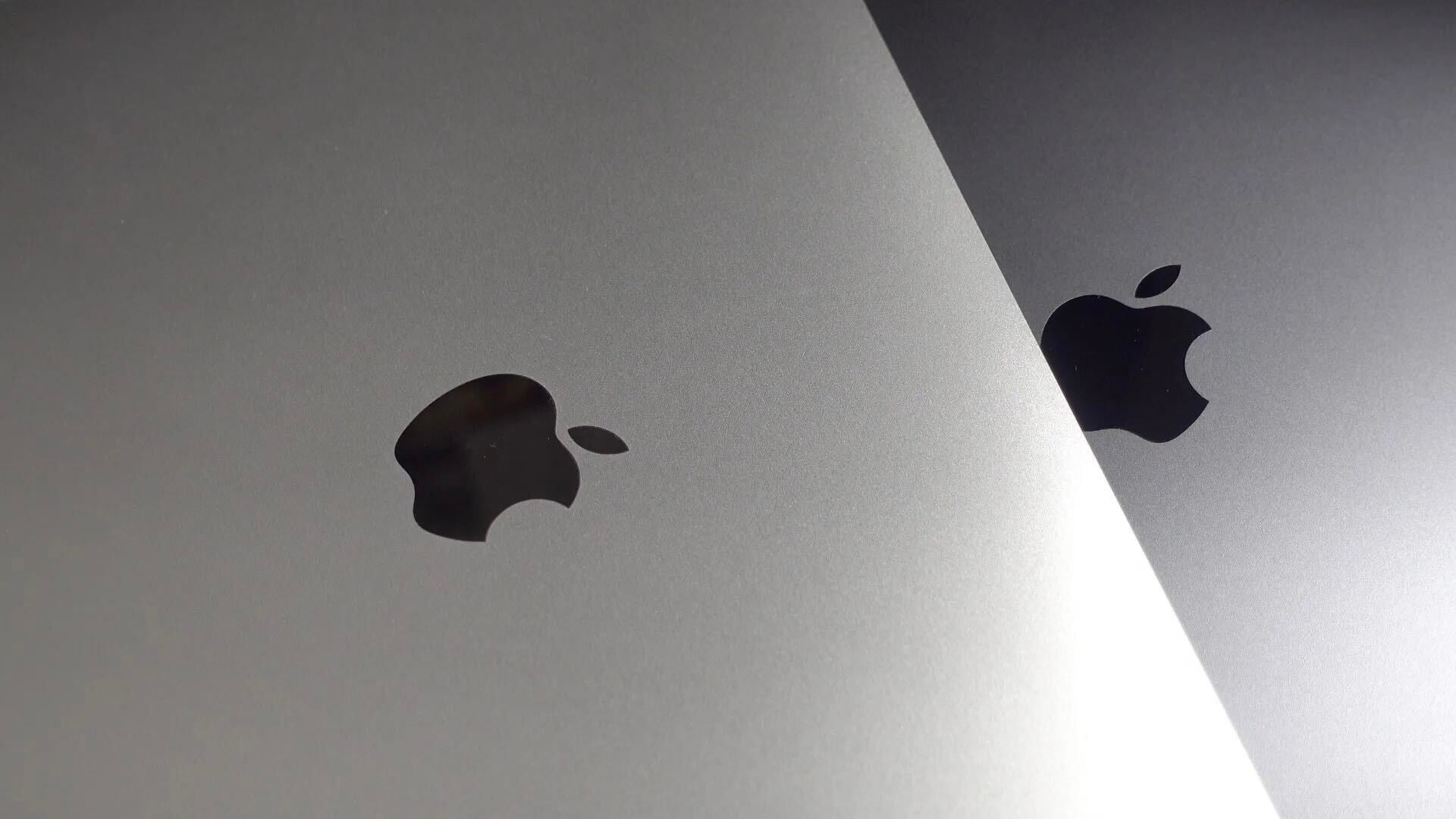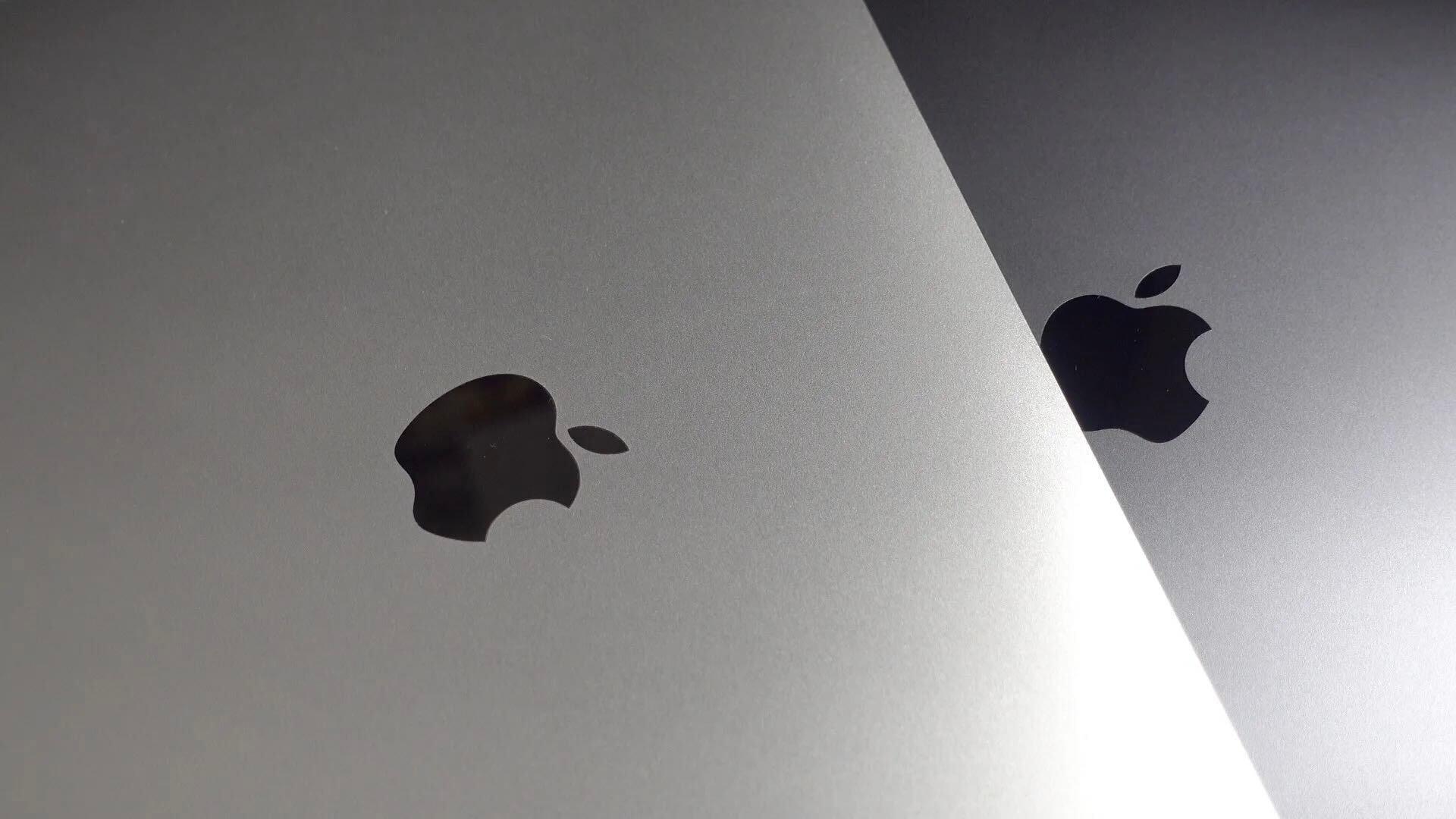
9to5Toys Last Call: iPad Air 128GB WiFi+Cell $529, Bluetooth speaker $19, newest 13″ MacBook Air $830, more
Keep up with the best gear and deals on the web by signing up for the 9to5Toys Newsletter. Also, be sure to check us out on: Twitter, RSS Feed, Facebook, Google+ and Safari push notifications.
Today’s can’t miss deals:
Last Call Updates:
- 2015 MacBook Air 11 & 13-inch models from $829 w/ free add-ons and discounts
- Guitar Hero returns w/ new gameplay modes and a refreshed controller, pre-order today
- ZyXEL AV500 Powerline kit with N300 Wireless Range Extender $30 shipped (Orig. $60)
- Aukey Aluminum 7x USB 3 portable 30W powered hub: $30 Prime shipped
- LG brings Google Cast to its line of Music Flow speakers for wireless music streaming
- Home: AR Home/Patio Pressure Washer $120, T-fal ActiFry Multi-Cooker $122, more
- Refurbished Acer Chromebooks: 11.6” C7 $150, 13.3” CB5 $180, 11.6″ Touchscreen $190
- Stealth Snowflake 6 axis Micro Drone w/LED lighting: $40 shipped

iPad Air 2 Wi-Fi 128GB in Gold or Space Gray $600 shipped ($99 off)
iPad Air Wi-Fi + Cellular 128GB in Space Gray $529 shipped (Orig. $929)

Choice of 2 rugged, highly-rated Bluetooth speakers from Lumsing: $19 Prime Shipped

Apple 13-inch MacBook Air (newest version) 1.6GHz/4GB/128GB: $830 shipped (Reg. $999)

Apple AirPort Express Wireless Router w/ AirPlay and Wireless Printing $79 or refurbished $65 (Reg. $99)

Review: SOL REPUBLIC’s Shadow wireless headphones w/ Bluetooth 4.0 offer an upgraded audio experience, $100 giveaway
More new gear from today:
 iOttie Easy View iPhone 6 windshield car mount $10 Prime shipped (Orig. $23), more
iOttie Easy View iPhone 6 windshield car mount $10 Prime shipped (Orig. $23), more

Fleksy customizable keyboard app w/ GIF support goes free for iOS (Reg. $1)
The acclaimed 'Becoming Steve Jobs' Hardcover just dropped to $11.15 Prime Shipped http://t.co/vjiGG1gUli pic.twitter.com/yALx3ErP3A
— 9to5Toys (@9to5toys) April 14, 2015
- Games/Apps: The Order 1886 $40, Shadow of Mordor $25, freebies, more
- Buy 10400mAh power bank for $20 Prime shipped, get dual-USB car charger free
- Magazine subs from $5/yr: Wired, Fast Company, National Geo, more
- Daily Deals: iPad Air BT Cover $20, iPhone 6 Plus OtterBox $36, more
Get a free ice cream cone at Ben & Jerry’s today from 12-8pm!! #FreeConeDay http://t.co/mgwmfNIe59 pic.twitter.com/DVaXrnDg6M
— 9to5Toys (@9to5toys) April 14, 2015
Back again! Samsung 850 PRO 256GB 2.5-inch Internal Solid State Drive $120 (Reg. $180) http://t.co/lgZB3l6SzZ pic.twitter.com/eLsHsiiedc
— 9to5Toys (@9to5toys) April 14, 2015
More deals still alive:

Sennheiser HD600 Over-Ear Headphones $239 (Reg. $320)
- Complete book box sets: Game of Thrones $11, Hunger Games $9, more
- Rules! is now available for free inside the Apple Store iPhone app (Reg. $3)
- iTunes Free App of the Week: Twisty Hollow ($3 value)
- TDK Bluetooth/NFC Portable Weatherized Speaker $25 Prime shipped (Orig. $60)
- JLab JBuds EPIC in-ear headphones w/ mic & remote $25 Prime shipped (Reg. $50), more
- Best Buy takes another $100 off when you buy a discounted Moto 360 w/ an Android phone
- Wireless Bluetooth Cloud Buds: $30 shipped (orig. $109)
- Motorola’s Moto 360 Smartwatch is on sale for $179 or $155 w/ .edu (Reg. $250)
- Logitech K480 Multi-Device Bluetooth Keyboard & iPad/iPhone stand $40 (19% savings)
- D-Link Wireless N 300Mbps Range Extender: $25 shipped (Reg. $40)
- Linksys Powerline HomePlug AV500 Powerline Ethernet Kit $45 (Reg. $90+)
- Philips Hue Lux price drops: single bulb $20, Starter Kit $80
- Game of Thrones: A Telltale Games Series is IGN’s free iOS game of the month ($5 value)
New products & more:

VIZIO introduces new 4K UHDTVs starting at $600, expands its audio lineup
- Here’s a look at the new Lara Croft: Relic Run title for iOS and Android
- Garmin and Panasonic announce new action cameras with hit or miss feature lists
- On The Go stuffs nearly every must-have iPhone/Android add-on into one tiny cube
- Moleskine puts Batman on the cover with its new limited edition Gotham inspired notebooks
- LEGO’s new Dimensions video game brings Batman, Marty McFly and Gandalf to life
- DJI’s Phantom 3 drone shoots 4K video, uses new sensors to navigate indoor airspace
- Microsoft announces over-the-air antenna compatibility for Xbox One





